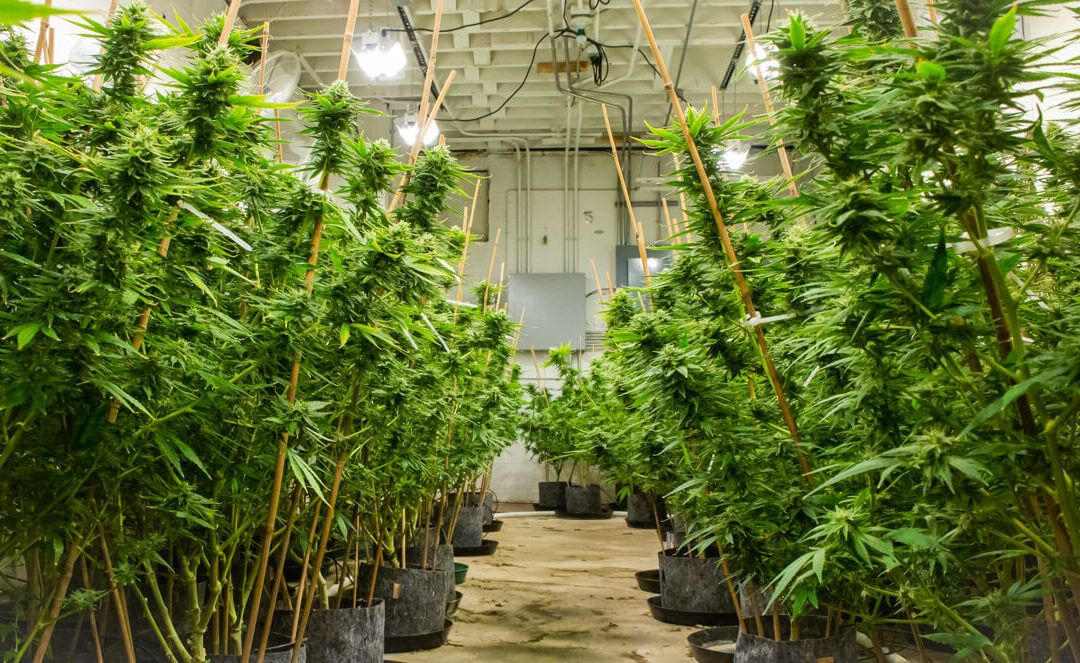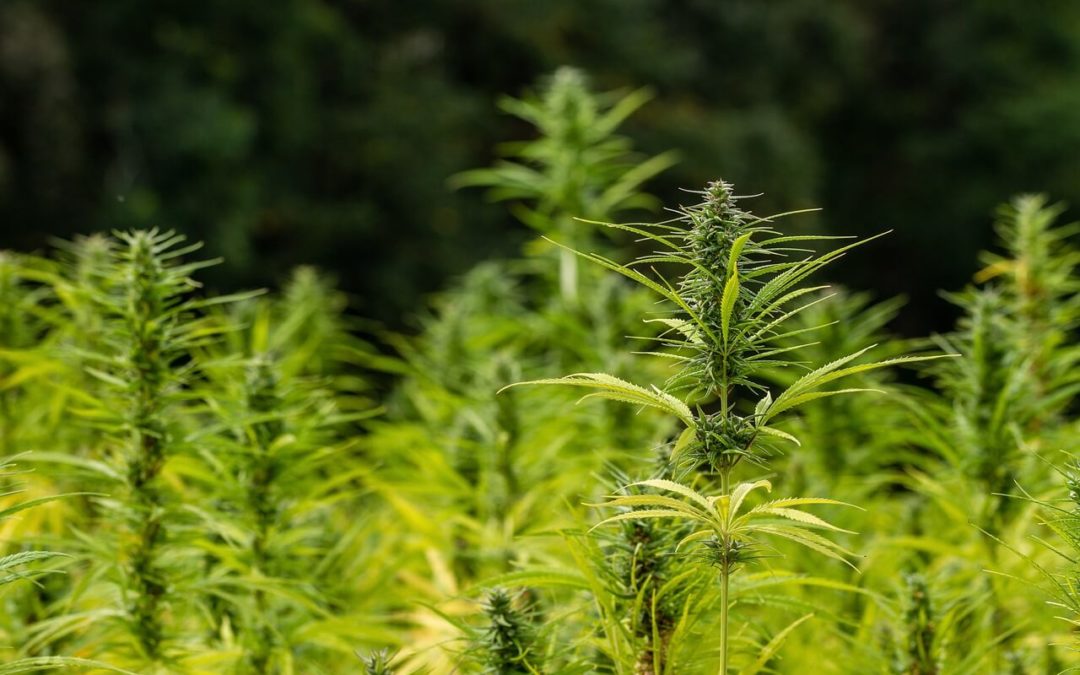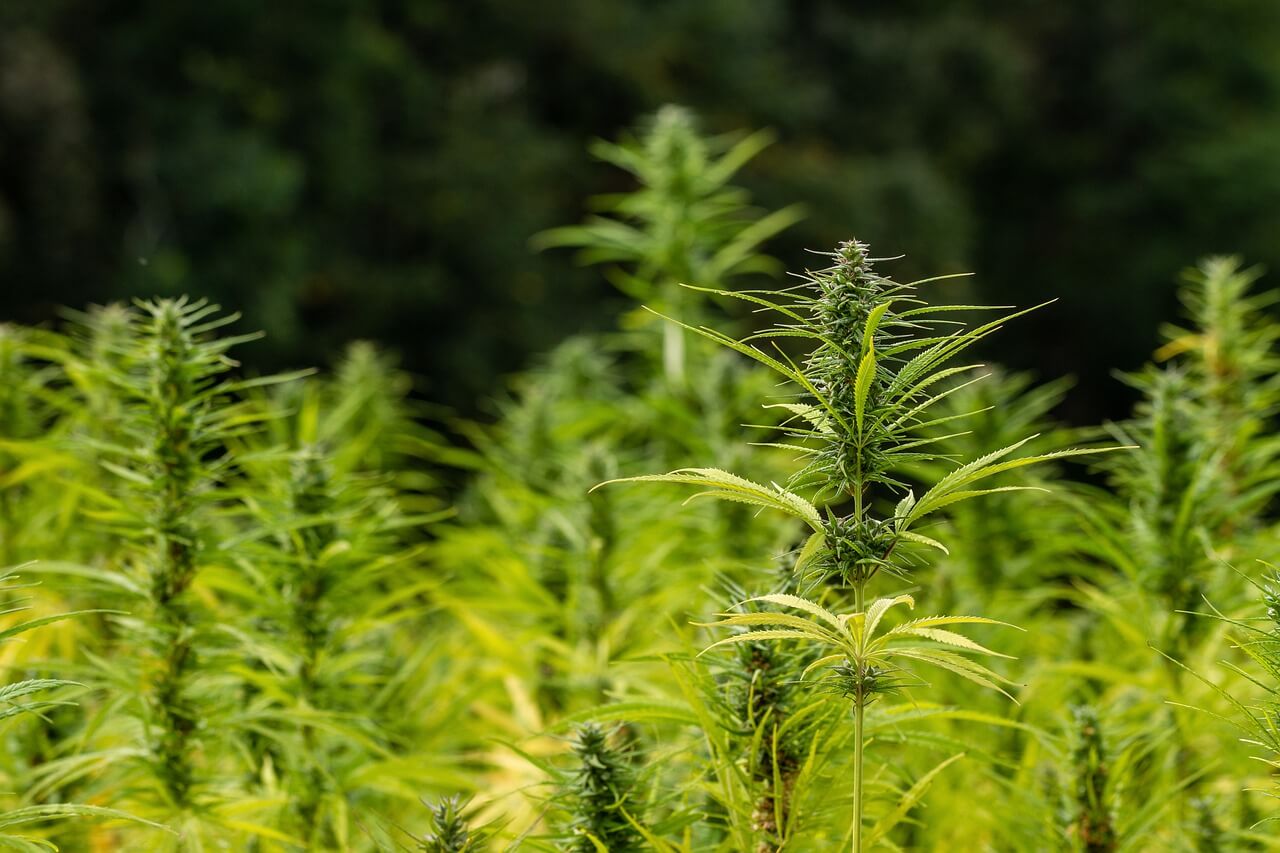
Will 2021 be another struggling year for the hemp industry?

The question many are now asking is, will 2021 be the year that the hemp industry begins to thrive, or is it already dying?
In fact, in 2020 several states produced less than 40% of the acres that were licensed for hemp production by their respective states.
In a collection of hemp industry data collected by Hemp Grower they found that numerous states, some being licensed to produce thousands of acres of hemp, had only produced a fraction of what they were allotted. Arizona for example, planted just 1,130 acres, or 3.3%, of the 34,480 acres that were licensed. The state had the largest disparity out of any other in the country.
Reasons for disparities
A problem that was found in just about every state that vastly underproduced hemp had to do with the licensing processes and fees. In Arizona, no matter how many acres a hemp farmer is planning to use, they pay the same $1,000 fee. If one farmer only has 10 acres, and another has 2,000 they pay the same exact fee.
This led to many traditional row crop farmers with a lot of land to claim all of it for hemp, despite only using a fraction of the land to actually produce hemp. In other words, a large scale farmer that claimed 5,000 acres for hemp production, may only use 50 acres to grow hemp while the rest is kept for traditional crops, leading to large discrepancies in the data collection for the state.
Additionally, Arizona state inspection fees for collecting samples include a $25 per acre fee up to the first 100 acres, and then $5 an acre beyond that. Brian McGrew, the industrial hemp program manager in Arizona says that several other factors also figure into acres planted, including weather trends during growing seasons.
“There were a lot of things that did impact 2020,” McGrew says. “It actually is probably the hottest and driest year we had on record. So that really did affect not only with hemp but a lot of other industries dealing with that.” For other states, licensing was also an inhibitor.
Hemp industry licensing problems
Minnesota hemp growers planted roughly 4,700 acres, or 56% of the projected 8,400 acres that were licensed, according to Anthony Cortilet, the state’s industrial hemp program supervisor. During the licensing process, Minnesota registers farmers by the number of individual grow locations, no matter how big or small, he says. The fee is $400 for the hemp grower license at one location, and $250 for each additional grow location.
The $400 licensing fee includes the delta-9 tetrahydrocannabinol (THC) sampling and testing of one variety of hemp, but the department of agriculture collects $125 for each additional variety a grower cultivates in his or her field, which goes toward paying the laboratory costs, Cortilet says.
In Tennessee, hemp growers planted 4,836 acres in 2020, or 30.8% of the 15,722 acres that were licensed. The state department of agriculture has a staggered licensing fee system, like Minnesota, but the differences in costs are minimized to $50 increments: 5 acres or fewer is $250; between 5 and 20 acres is $300; and 20-plus acres is $350.
Each state’s hemp industry spokespeople have their reasons for the disparities, mainly that farmers and growers have different business plans and business models, while others simply underestimate the cost of hemp production, but don’t realize the costs until they have already paid for the land use.
Is the hemp industry already dying?
The current reality of the legal hemp industry may not seem very promising. In another study conducted by Hemp Benchmarks that utilizes the most current and available data on 2020 and 2019 hemp production, the results were scary.
The reports underscore the contraction that occurred in the hemp industry in 2020. For example, the amount of acreage licensed for hemp in the U.S. reached just over 400,000 in 2020, down by over 30% from roughly 590,000 acres licensed in 2019.
Additionally, Hemp Benchmarks estimated that only 35-40% of acreage licensed for hemp was actually planted in 2020, or between 140,000 to 160,000 acres. With the assumption that 85% of all U.S. acreage was for CBD or other cannabinoid production, that amounts to between 119,000 and 136,000 planted acres devoted just to CBD or other cannabinoid hemp. Their initial estimate for acreage planted with CBD or other cannabinoid hemp in 2020 is roughly half of their estimated planted acreage for 2019.
To summarize their reporting, CBD hemp production was nearly halved in 2020, while overall hemp production dropped by 30%. But it isn’t just because farmers are growing less hemp.
The issue of hot hemp
A consistent problem that has plagued the legal hemp industry is hemp produced with a THC content over .3%, commonly known throughout the community as “hot” hemp. Farmers and growers across the country have long been asking the federal government to adjust the THC requirement for hemp to be at least 1%. As such a low THC content could not realistically produce a psychoactive high, the argument is that by raising the limit slightly, more farmers would be able to produce passable hemp.
And until the majority of farmers secure trustworthy hemp genetics or the laws change, these problems will continue.
A hemp farmer in Colorado had to completely destroy 80 acres of hemp that had THC levels that were slightly above the requirement. His plants tested at .47%. That is just .17% above the legal limit, but all of his plants had to be destroyed or he risked thousands of dollars in fines. In the eyes of the government he had 80 acres of psychoactive, illegal cannabis despite being just a fraction of a percent over the limit.
For that one farmer, hot hemp means thousands of dollars flushed down the drain after months of hard labor producing flowering hemp plants or biomass. The same problem plagues farmers across the country, leading many to either cut back their production to save in the case of hot hemp issues, or stop production all together.
These factors combined have caused the shrinkage of the legal hemp industry that we saw in 2020, and what we will likely continue to see through 2021. However there is a silver lining to the trimming down of the hemp industry.
Less hemp, but higher quality
While millions of pounds of hemp were lost to the trash heap because of high THC levels in 2020, and thousands of farmers cut back their production or left the industry all together, the cream has begun to rise to the top. Hemp farmers and producers with high quality genetics, that test consistently at .3% or lower, while also enhancing the natural cannabinoids in the plant like CBD, CBG and CBN have become the go-to suppliers for serious farmers across the country.
One cannabinoid in particular exploded in 2020, and it wasn’t CBD. Delta-8 THC, the close relative to Delta-9 THC which is the main psychoactive cannabinoid bred in cannabis, was unwittingly legalized along with hemp through the 2018 Farm Bill.
Those who have tried Delta-8 THC claim that is has comparative effects to Delta-9 THC, although subdued. Advocates for D8 THC claim it is the best, legal alternative to D9 THC. This is sparking another revolution in the hemp industry as growers race to produce varietals with the highest Delta-8 THC content possible.
At the same time, the consumer’s palate is evolving to desire more complex terpene and cannabinoid profiles in their cannabis and hemp products. The increase in demand for new hemp products has the chance to give the industry a big boost in 2021.
Overall, the trend of the hemp of the industry shows a dip in 2020 that has many questioning if 2021 will be a rebound year or just a continuation. To insert a little opinion; the cannabis industry faced similar issues as it matured, as consumers demanded higher quality product and cheap producers were weeded out…pun intended.
Despite the hit that the legal hemp industry took in 2020, the demand for CBD products doesn’t appear to be slowing, and the addition of new cannabinoid-rich hemp varietals and products will bring more attention to the plant and its benefits. More research will be done this year than last year, and more people will become educated about hemp products than ever before.
Suffice to say the legal hemp industry isn’t going anywhere in 2021, if not slowly upward.








